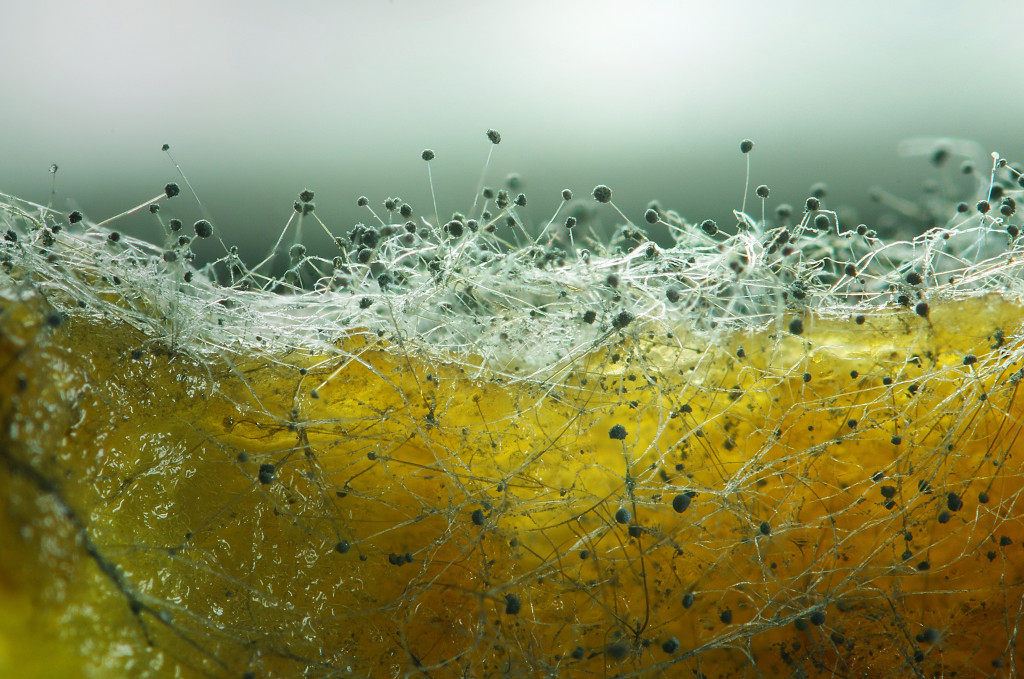- Molds are fungi that thrive in moisture and can cause respiratory issues, skin irritation, eye irritation, headaches, and fatigue.
- High humidity, water leaks, poor ventilation, wet soil, and clutter are common causes of indoor mold growth.
- People with asthma or respiratory problems are more susceptible to severe symptoms from mold exposure.
- Regular home maintenance, including checking for leaks and ensuring proper ventilation, can prevent mold growth.
- Overwatering indoor plants can lead to mold growth in the soil, spreading to other home areas.
Mold can grow in any environment with moisture and a food source and have different physical effects on people. It is essential to know what these physical effects can be so that you can recognize and take the necessary steps to avoid them. Here’s what you need to know about molds, the physical effects of molds, how they grow inside your home, and how to deal with it.
What Are Molds?
Molds are fungi that can grow on any surface with moisture and a food source, such as wood, paper, and fabric. There are more than 100,000 species of molds in the world, some of which can cause serious health problems. Molds produce microscopic spores which travel through the air and can be inhaled or absorbed by your skin. Here are ways molds can affect your life:

1. Respiratory Issues
When mold spores are breathed in, they can irritate the nose, throat, and lungs, causing coughing, wheezing, and nasal congestion. People with asthma or other respiratory problems are at a higher risk of experiencing severe symptoms if exposed to mold.
2. Skin Irritation
Mold exposure can cause skin irritation, such as rashes and hives. This is because mold produces allergens that can cause an allergic reaction in some people. The skin irritation can be mild or severe, depending on the person’s sensitivity.
3. Eye Irritation
Mold spores can also cause eye irritation, such as redness, itching, and watery eyes. This can be due to the mold allergens allergy or the direct irritation caused by the mold spores.
4. Headaches
People exposed to mold can also develop headaches. This happens as a result of the mold toxins released into the air. These toxins can cause inflammation in the brain, resulting in headaches and migraines.
5. Fatigue
People who are exposed to mold for extended periods tend to report feelings of fatigue and weakness. This is because mold toxins can affect the central nervous system, leading to a general feeling of malaise.
Reasons Mold is Growing Inside Your Home
There are various reasons mold is growing inside your home. Here are some of the leading reasons why and how to deal with it:
1. High Humidity
High humidity is one of the most common causes of mold growth inside a home. When the air inside a home is humid, it can create the perfect environment for mold to grow. This is especially true in areas of the home prone to moisture, such as bathrooms, kitchens, and basements. Additionally, if you have a water feature like a fountain near your home, the humidity may come from a leakage there. Consider contacting a fountain repair service to help you. The service can help check for leaks and find solutions for any problems.
To prevent high humidity, consider investing in a dehumidifier. You should also ensure that your home is adequately ventilated by opening windows and running exhaust fans in areas prone to moisture.

2. Water Leaks
Another common cause of mold growth inside a home is water leaks. Even small leaks can lead to significant mold growth, especially if they go undetected for a long time. Regularly check for leaks under sinks, behind appliances, and on your roof to prevent water leaks. If you do find a leak, make sure to have it repaired immediately.
3. Poor Ventilation
Poor ventilation can also contribute to mold growth inside a home. When the air inside a home is stagnant and doesn’t circulate properly, it can create the perfect environment for mold to thrive. To prevent poor ventilation, ensure your home’s HVAC system is working properly, and you are changing your air filters regularly. You should also consider implementing some natural ventilation, such as opening windows and using fans.
4. Wet Soil
If you have plants inside your home, be mindful of wet soil. Overwatering plants can lead to mold growth in the soil, spreading to other areas of your home. To prevent mold growth related to wet soil, ensure only to water your plants as needed and not let excess water sit in the soil.
5. Clutter
Finally, clutter can contribute to mold growth inside a home. When there is too much clutter, it can make it difficult to properly clean and maintain your home, which can, in turn, lead to mold growth. To prevent clutter-related mold growth, declutter your home regularly and keep surfaces clean and dry.
Mold growth within your home is not just unsightly, but it can also pose several health risks. Recognizing the physical effects of mold and understanding the reasons for its growth can help in prevention and mitigation. Maintaining an unfavorable environment for mold growth is crucial to effectively managing humidity and reducing clutter. Remember, a clean, well-maintained, and properly ventilated home is your best defense against mold and the health hazards it presents.

